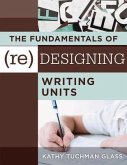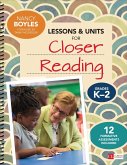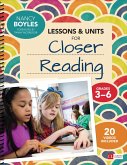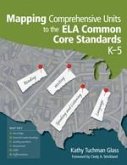Writing plays a crucial part in all education disciplines, helping students to communicate their ideas to different audiences and extend their content knowledge. Developed for teachers, curriculum designers, and literacy coaches, this user-friendly guide offers practical recommendations, strategies, and tips for establishing argumentation units of instruction that empower students to artfully and logically present and convince others of their position. Benefits * Examine the characteristic elements of an argument and the benefits of teaching students to work through how to structure an argument. * Examine an argumentation unit map, its learning goals and guiding questions, and then develop cohesive units based in argumentation writing. * Complete exercises throughout the book that will help to create consistent, engaging units that will prepare students to take on any writing challenge that asks them to exercise their persuasive-writing skills. * Design a full lesson on argumentation, from establishing author's purpose, to supporting a thesis with evidence, to presenting counter-arguments. * Download templates, checklists, rubrics, and student activities useful for designing an argumentation unit and guiding lessons. Contents Introduction Chapter 1: Preparing for Argumentation Chapter 2: Building an Argumentation Unit Map Chapter 3: Formulating a Pre- and Culminating Assessment and Establishing Criteria for Success Chapter 4: Writing Engaging Introductions Using Gradual Release of Responsibility Chapter 5: Designing Lessons Epilogue Appendix A: List of Figures and Tables Appendix B: Professional and Student Resources








